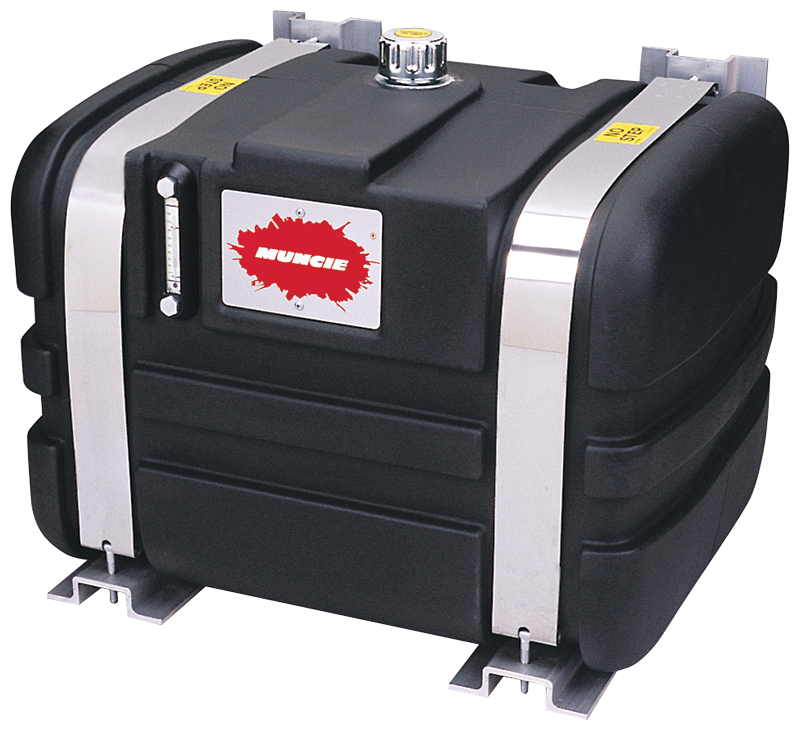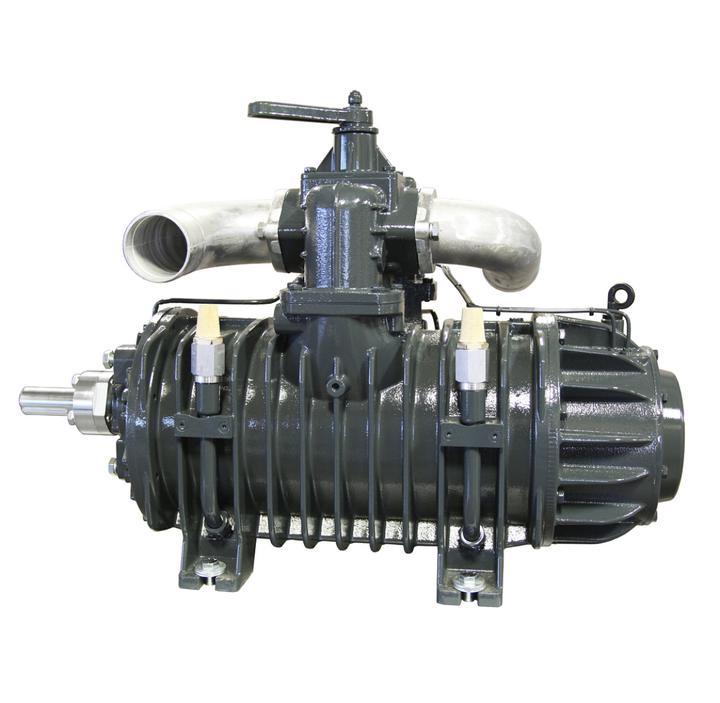WORKING PRINCIPLE OF TRUCK-MOUNTED HYDRAULIC CYLINDERS
BigTruckPartsUSA
offers a wide selection of mobile hydraulic equipment and varying vacuum pump, pneumatic blower, and wet-kit setups. We also have spare parts and accessories for such systems. However, this article will be limited to the mobile hydraulic equipment we offer.
Hydraulic dump trucks, trailers, and similar equipment have hydraulic hoist systems that lift the bed to empty it. The hydraulic system can be usually found between the cab of the truck and the bed. Regardless of the application, truck-mounted hydraulic systems share the same components and operating principles as any hydraulic system.
Using oil, hydraulic systems have the power to direct and control the application of force. In every hydraulic circuit, the action starts with the mechanical power produced from a rotating shaft. The resulting mechanical power will be converted to hydraulic power using a pump. After that, the pressurized fluid will be directed by a valve to a cylinder, followed by conversion to mechanical power again.
To learn more about how truck-mounted hydraulic cylinders work, continue reading about the basic parts of hydraulic systems and types of hydraulic cylinders used on dump trucks and trailers.
Parts of a Hydraulic System
- Reservoir. A reservoir is a tank used to hold the hydraulic fluid. This can be made of steel or polyethylene.

A Polyethylene Reservoir
- Hydraulic Fluid. Oils are commonly used as hydraulic fluids for truck-mounted hydraulic systems. Generally, they do not only deliver power, but they also lubricate components, dissipate heat, and carry away particulates. The quality of hydraulic oils directly affects the service life of the hydraulic system. When hydraulic oils are kept clean and at optimum temperatures, the entire system most likely performs better and longer.
- Directional Control Valve. Control valves direct the flow of liquid coming from the pump to the cylinder or back to the tank. Dump trucks, refuse vehicles, and most truck-mounted applications have open center valves that direct the flow of unused liquid back to the tank.
- Hydraulic Pump. Hydraulic pumps convert the mechanical energy from shafts or the prime mover to hydraulic energy. The flow of oil produced from the hydraulic pumps determines the operating speed of the system. This flow rate is usually expressed in gallons per minute (GPM). Gear pumps, piston pumps, and vane pumps are the common types of pumps used in mobile hydraulic applications.

An Air-Cooled Vacuum Truck Pump
- Hydraulic Cylinder. A hydraulic cylinder is a mechanical hydraulic actuator that converts fluid power into linear displacement to raise a dump body, for instance. It is composed of a cylindrical barrel, a piston, and a piston rod. New hydraulic cylinders can give an overall system efficiency of 85%.
Types of Hydraulic Cylinders
Rod cylinders and telescopic cylinders can be used in applications that require a linear force over a distance. However, telescopic cylinders are more preferred for longer distances because rod cylinders may be too long when collapsed. The longer stroke and shorter collapsed size are the advantages of telescopic cylinders over rod cylinders. Generally, telescopic cylinders are used in non-constant force applications such as dump trucks and refuse vehicles. Furthermore, telescoping cylinders can either be single-acting or double-acting:
- Single-acting. It is the most common type of telescoping cylinder used. It is hydraulically powered in a single direction and is also referred to as the “power up/gravity down” type. Its retraction relies on an opposing force, weight, and gravity.
- Double-acting. It is most commonly seen in applications where horizontal or almost horizontal force is required. It operates in both directions and is also referred to as the “power up/power down” type.

A Single-Acting Telescoping Cylinder
While hydraulic systems are known for their usefulness in various applications, they are not 100% efficient. This is because of two unavoidable mechanical obstacles that are present in any hydraulic system: friction and internal leakage. The inefficiencies of a hydraulic system are translated as lower power output than power input and heat generation in the system. Nevertheless, with proper sizing, design, choice of hydraulic fluid, and maintenance, one can get the most of the power of hydraulic systems.
Remember that mobile hydraulic systems are different from industrial systems. Integration of hydraulics with the capabilities and limitations of the truck engine, transmission, and power take-off makes up a complex system. Though some truck-mounted hydraulic systems may not be exposed to extreme conditions such as high temperatures and long duty cycles, they operate under more drastic conditions than any stationary hydraulic system.
For more information about truck hydraulics, feel free to contact us!